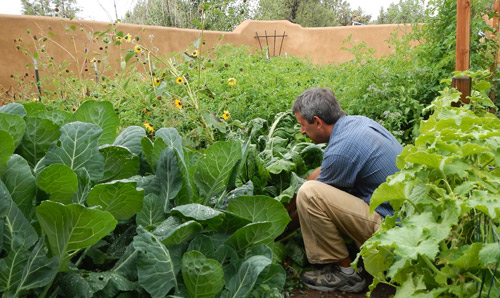Hey, Tom Bartels here with part three of the Garden Checklist!
(If you haven’t seen part 2 yet, you can find it here)
For this last installment I wanted start you off with two “Profile Sheets” on How to Grow Carrots and Pole Beans. Then some tips on how I create the conditions in my garden that include:
Minimal Pests
Optimal plant growth, with no stress, to the gardener, or the plants.
Less work as the season progresses, not more.
An understanding of how these natural systems work to grow food.
Let’s get into it…
**I’m also introducing a New Bonus Offer: a Free 20-minute phone consultation with me on how to improve your garden, or whatever other garden stuff you’d like to know. (explained below) [hr]
[hr]
Growing Carrots:
Carrots can be tricky. But mostly because they’re slow to germinate. That’s when most people make mistakes. Germinating carrots are shallow in the soil and dry out easily. A missed day of watering can throw the tiny plants off for good. But if you know how to get through this brief period, carrots are super easy the rest of the season. I even mulch them in place in the fall, so I can dig out fresh carrots all winter long. The secret for successful germination is using burlap. It’s all in this PDF.
Growing Pole Beans:
Pole Beans are an all time favorite. Easy to grow, with a long harvest period. And when you pick beans, the plant responds by producing more! How great is that? The key here is having a good trellis in place with at least 6 hours of sunlight per day. By growing vertical, you save a ton of room in small gardens. Here’s the Profile PDF.
Natural Pest Management:
If your garden is planted with certain methods in mind, you can protect your plants by design, and you shouldn’t have to deal much with pests getting out of control. The PDF attached here has some of my thoughts on the subject. Use these steps to keep your garden healthy!
